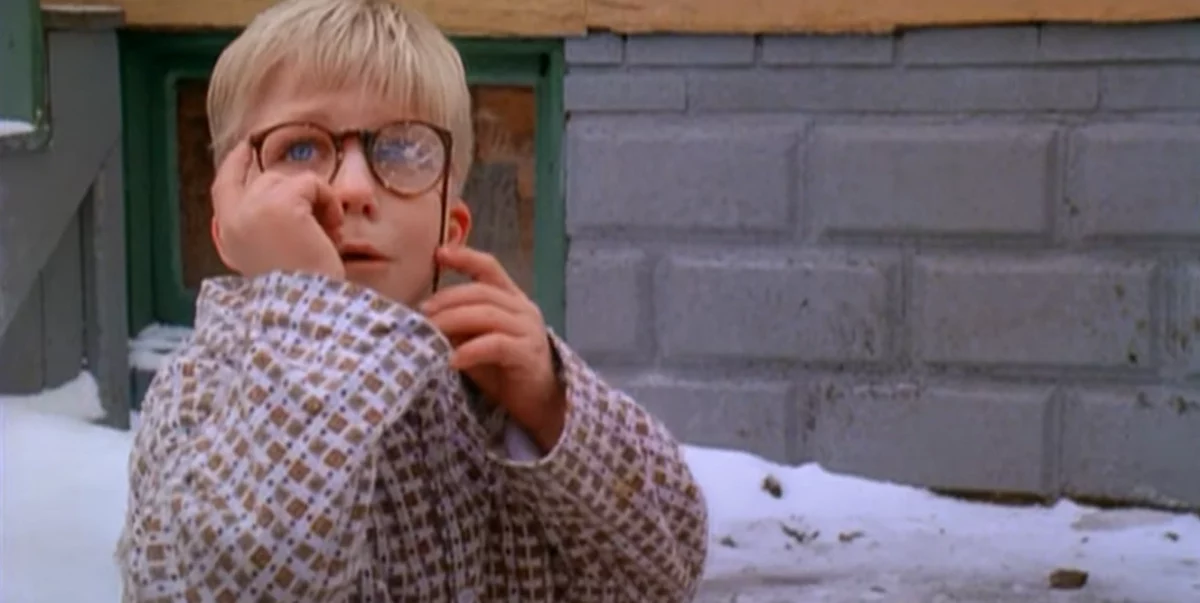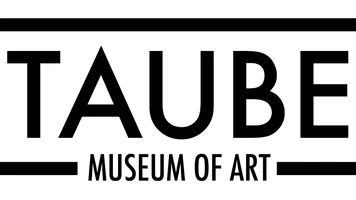It’s icicle season out there folks, and you shouldn’t wait to shoot your eye out before you take them seriously. Get the full story on what to watch for and how to deal with them from Kenneth Hellevang writing for NDSU Extension Service below.
— NEWS RELEASE, NDSU EXTENSION SERVICE —
Ice dams and icicles are most common when snow is on the roof, heat is being lost through the roof and outdoor temperatures are just below freezing. Homeowners have a few steps they can take to reduce ice dams and icicles, according to Ken Hellevang, an engineer with North Dakota State University Extension.
“The key to limit or prevent the formation of ice dams is to ensure your roof is constructed properly with sufficient attic insulation and enough ventilation to keep the roof near outdoor temperatures,” says Hellevang. “Ice dams and icicles can also be reduced by removing snow on the roof, particularly near the bottom of the roof. All too often, homeowners try to treat the symptoms of ice dams with things like heat tape instead of preventing the problem in the first place.”
An ice dam forms when snow melts and the water runs downs the surface of the roof. As the melted snow water hits cooler parts of the roof near the eaves, it freezes. This process continues and eventually creates a dam of ice on the roof. As more snow melts, the dam stops the water, which freezes, making the dam bigger and backing up the melt water, allowing it to leak under the shingles into the attic or eaves. This can lead to water stains on the ceiling, structural damage and mold growth inside the home.
Ice dams are clearly visible once they form, but to find out what causes them, a homeowner needs to look inside the attic.
Heat loss from the home into the attic through openings and the insulation is a major cause of snowmelt on the roof forming ice dams. Heat from the house warms the roof, which leads to the melting snow. Any openings where plumbing, heating or electrical components protrude into the attic that are not sealed properly can allow heat leaks. Recessed or “can” lights and attic access doors or ladders can be other areas where heat leaks into the attic. A lack of ventilation near the eaves enhances the melting. The key is to minimize the heat loss into the attic.
“The ability of insulation to slow heat loss depends on the type and thickness of the insulation, but attics in northern climates need a minimum of roughly 15 inches of blow-in insulation, or an insulation value of R-50, to be properly insulated,” Hellevang says.
Another cause of ice dams is improper attic ventilation. Keeping all the heat out of the attic space is impossible, so allowing that heat to leave the attic through vents is important. This can be done through soffit and ridge vents or vents on the gable ends of the home. Make sure the attic’s insulation does not block the airflow from the soffits or eaves. Use baffles to create a channel to hold insulation back from the soffit vents to allow airflow.
Removing snow is another way to reduce the likelihood of ice dams forming on the lower portion of the roof. Typically, ice dams tend to form on the lower portion of the roof, where there are colder temperatures at the intersection with the wall and roof overhang. Solar heating on the exposed roof can warm the roof, allowing the water to run off the roof rather than freezing on the colder portion of the roof.
Solar heating also will warm the gutter and edge of the soffit, raising the temperature enough to melt snow. This will create icicles and ice dams near the edge of the roof. Removing the snow on the lower portion of the roof should reduce the icicles and ice dams near the gutter because the source of the water has been removed.
“However, removing snow from the roof can be dangerous, so avoid getting on the roof by using a roof rake to remove the snow,” Hellevang advises. “You also need to take care when using a roof rake to avoid overhead power lines.”
###




